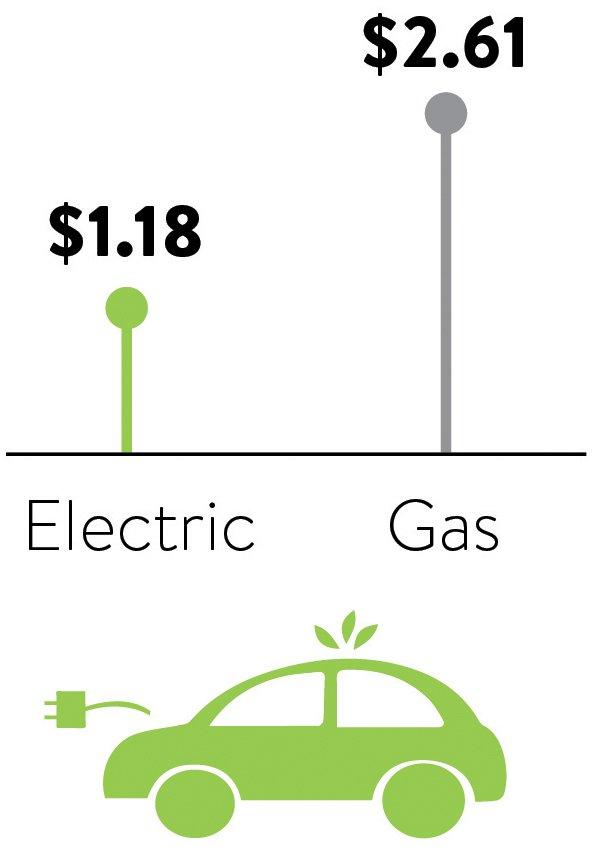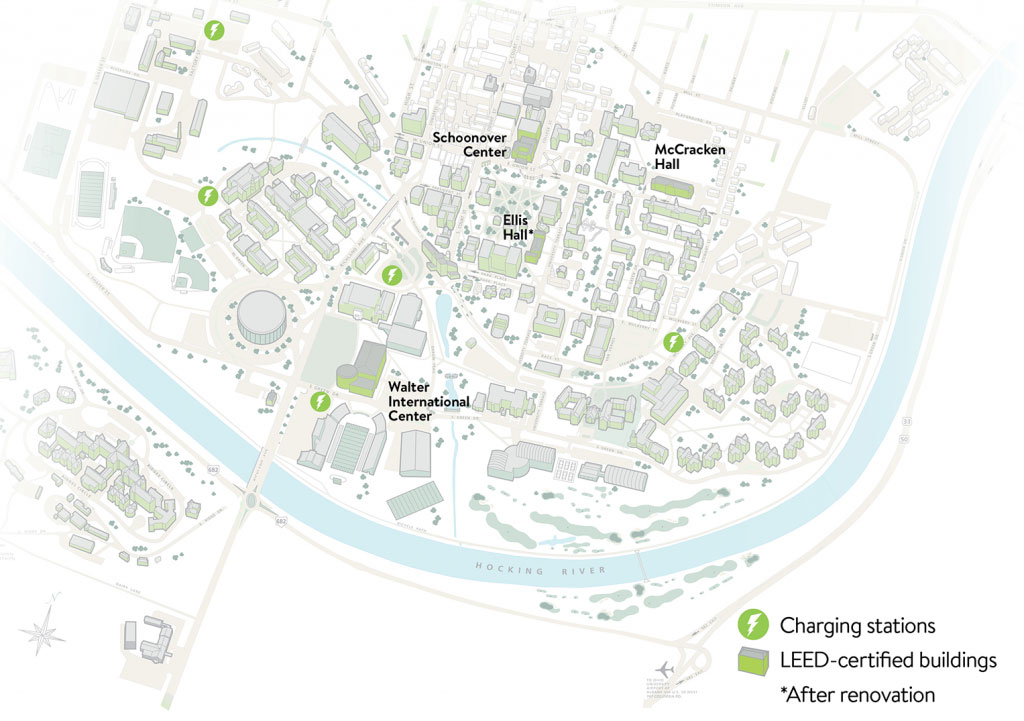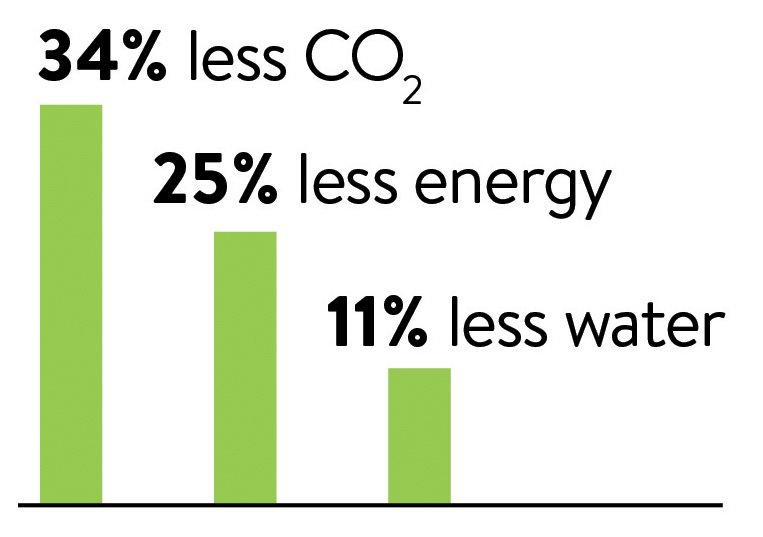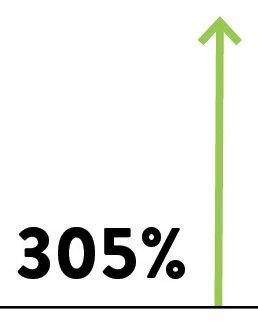
Greening by example
Leadership takes many forms, but the most important is when it prepares for the future. In 2012, OHIO adopted a Climate Action Plan (CAP), setting the goal of attaining carbon neutrality on the Athens Campus by 2075. To get there, OHIO’s Office of Sustainability integrated best practices to reach the goal. Phase One of the plan ends this fall, and most of the benchmarks already have been met.
Cat Hofacker, BSJ ’18, and Samantha Güt, BSVC ’19 | May 10, 2018
Share:

Recycling
Reduce, reuse, rethink sustainability! Did you know all to-go containers in OHIO’s dining halls have been compostable since 2012? The University’s Voinovich School of Leadership and Public Affairs takes the no-waste mantra a step further: it collaborates with local nonprofit Rural Action to leave sporting events and music festival venues trash-free through the Appalachia Ohio Zero Waste Initiative. In fiscal year 2017, OHIO had a recycling rate of almost 60 percent. Source: OHIO Campus Recycling
Trees

Trees are an important part of any sustainable ecosystem. More than 100 new trees were planted on the Athens Campus in 2015. OHIO was named a 2017 Tree Campus USA for its efforts. Source: American Forests

Electric Cars
Engine exhaust from cars, trucks, etc., contributes to carbon emissions, so OHIO encourages drivers to think electric to get from point a to point b. Ten electric vehicle charging stations were installed on the Athens Campus by 2016, and Athens’ Hockhocking Adena Bikeway was repaired that same year, encouraging commuters to bike to work. Filling up an electric car is half the cost of using gasoline. Source: U.S. Department of Energy

Buildings

The 2012 CAP requires structures costing more than $2 million to build or renovate meet at least the Silver level of Leadership in Energy and Environmental Design, or LEED, certification. The older buildings— the fixer-uppers—must show a five percent improvement over the original LEED rating. Here’s three big ways LEED-certified buildings are more environmentally friendly than older buildings. Source: U.S. Green Building Council

Education
OHIO integrates lessons about sustainability into everyday life. Students living on the Sustainable Living Floor in Tanaka Hall learn how fun it is to be environmentally friendly with high-spirited “trashion” shows, sustainable gift giving workshops, and gardening how-tos, to name a few. Enrollment in sustainability-themed courses increased over 305% from spring 2013 to spring 2016. Source: OHIO Office of Sustainability





